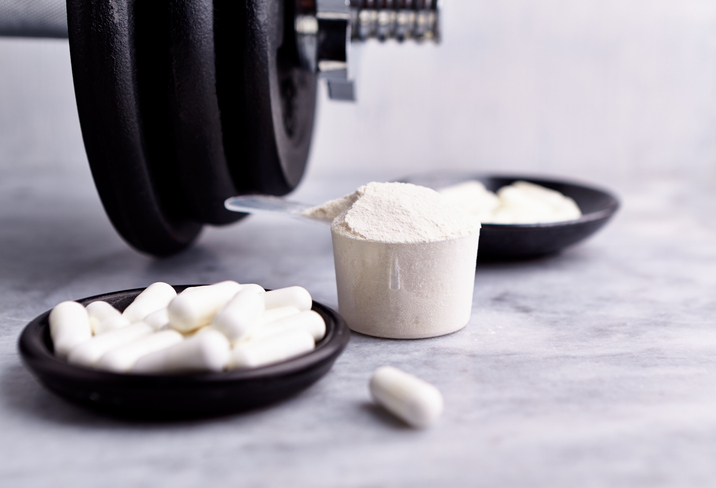Interested in learning about creatine loading? Let's dive into the details.
Out of the multitude of supplements available in the realm of sports nutrition, creatine monohydrate stands out as one of the most researched, tested, and effective options. Regular use of creatine can aid in improving strength, muscle growth, and athletic performance by providing the necessary fuel for short, intense efforts.
Some fitness experts recommend a creatine loading phase for the initial week of usage, followed by a maintenance phase. But what exactly does this entail, and is it beneficial for you?
Understanding Creatine Loading

Creatine loading involves initially consuming a higher dosage of the supplement for a short period to saturate your muscles quickly, before transitioning to a regular intake schedule for the long term. This approach accelerates the availability of creatine for your workouts.
Creatine serves as the primary source of fuel for the body during the initial seconds of any exercise and remains the primary fuel source during repeated high-intensity activities like sprinting and resistance training. While creatine is naturally obtained from dietary sources such as meat and fish, supplementation can help replenish your cellular creatine stores, making it more accessible during exercise.
Timing of Creatine Effects
Typically, it may take a month or longer of regular creatine supplementation (at doses of five to 10 grams per day) to build up your cellular creatine stores significantly enough to observe a noticeable impact on your workouts. However, creatine loading allows you to achieve these levels in as little as a week.
Here's how it works:
- During the initial seven to 10 days of creatine supplementation, you consume up to 20 grams per day, usually divided into four five-gram servings taken with water around four hours apart.
- After the loading phase, you can reduce your intake to a maintenance dosage of approximately five grams per day, which can be continued safely for as long as desired.
Continuing to consume higher amounts beyond the initial week to 10 days won't provide additional benefits, as your cellular stores cannot expand further. Therefore, once saturated, it's essential to scale back your daily intake to the maintenance level.
Potential Side Effects of Creatine Loading

According to Paul Falcone, principal scientist for BODi, water retention is a common occurrence in the initial days of creatine usage. This may lead to temporary bloating and gastrointestinal issues like frequent urination.
However, adhering to the recommended loading strategy of five grams taken four times daily can help minimize these short-term side effects. Falcone suggests that spacing out your intake can facilitate a smoother adjustment for your body.
Any water retention experienced should subside after a few days, and transitioning to a lower daily dosage of five grams after the initial loading phase is advisable.
Is Creatine Necessary?
While creatine is not essential for achieving your strength training or performance goals, it can expedite your progress. If maximizing muscle and strength gains is your objective, creatine should be a top consideration among supplements to try. Many individuals have reported improvements in strength, performance, and muscle mass with minimal adverse effects.
